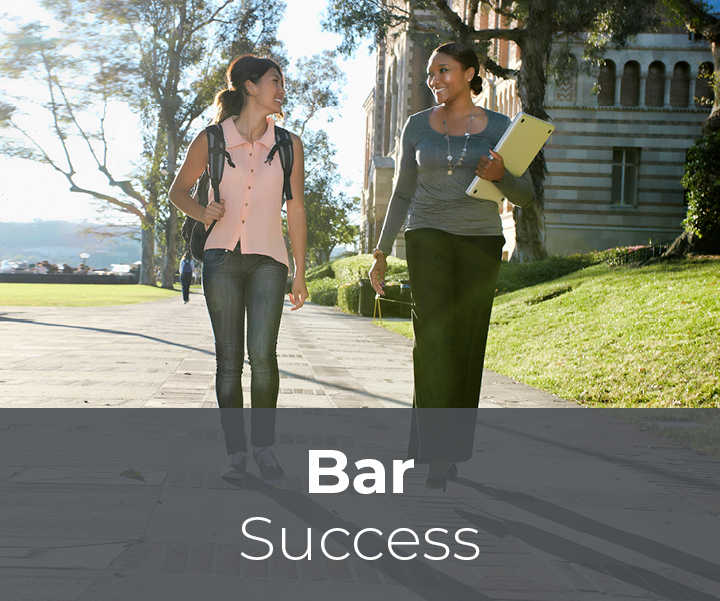
Pre-Law Pathway
Patching Leaks in the Diversity Pipeline to Law School and the Bar
Document Type
Law Review Article
Publication Date
1-2006
Keywords
diversity pathway programs
Abstract
Calleros begins by stating that some adopt an ambitious goal of having a bar that reflects, in percentages, the racial composition of the country. Others have a more modest goal of the bar maintaining a level of diversity that promises representation of minority groups and prevents minorities from feeling like outsiders in their institution. Calleros says that the good news is that many law schools have a sincere desire to meet these goals to achieve racial diversity. However, the bad news is that law school rankings do not consider diversity as a factor to these rankings. Since these rankings are extremely significant to law schools, schools tend to focus on factors that will increase their ranking. Calleros fears that the importance placed on rankings will increasingly reduce the value of diversity for schools, particularly those struggling to gain or maintain a respectable position. These pressures might serve as a counterweight to Grutter v Bollinger, which stated that students benefit most from a university when it is diverse. Calleros suggests that law schools identify and support one of its own, whether student or faculty member, to form partnerships to implement diversity pipeline programs. These actions might not produce results for several years, but it is every law schools obligation to the law community to make this attempt.



